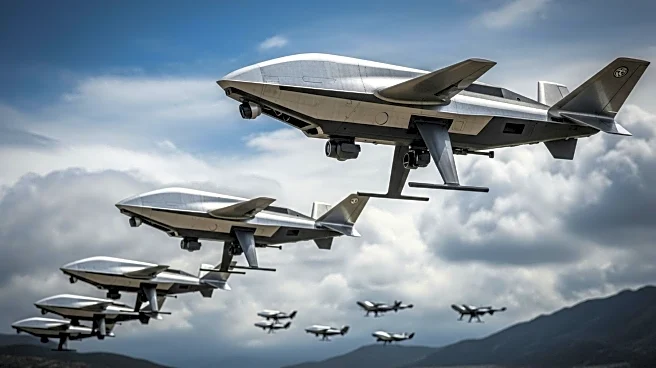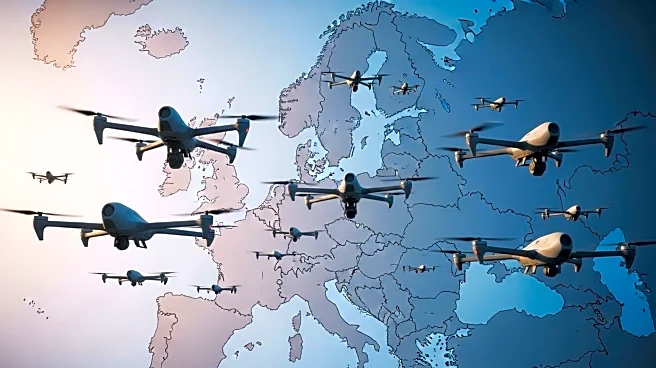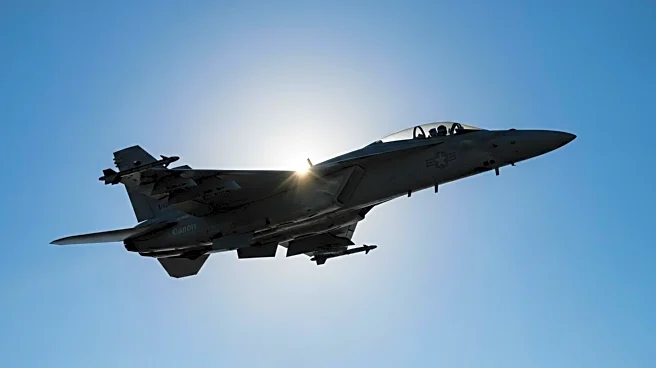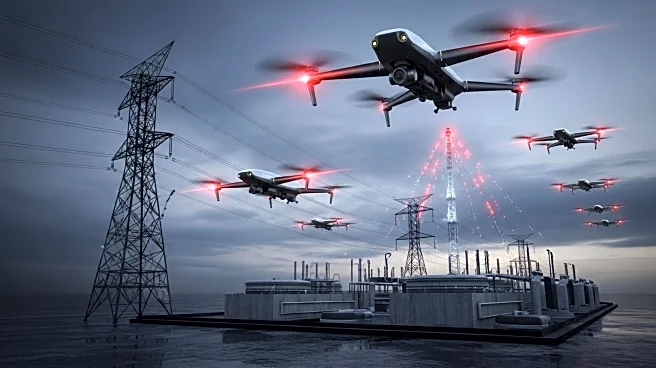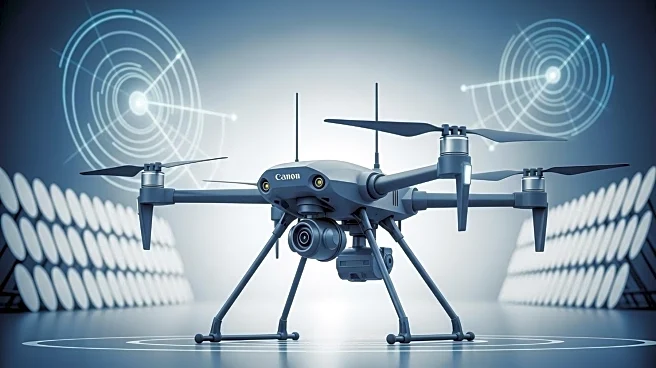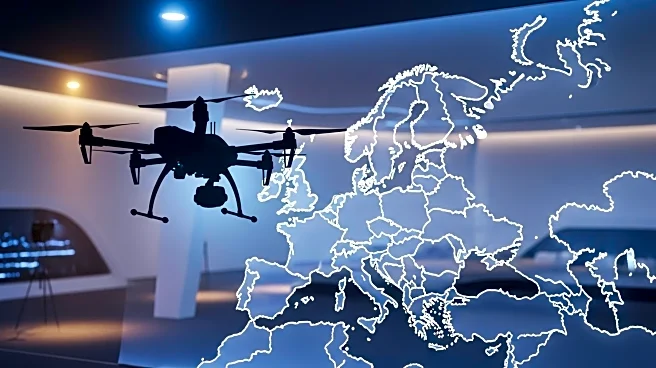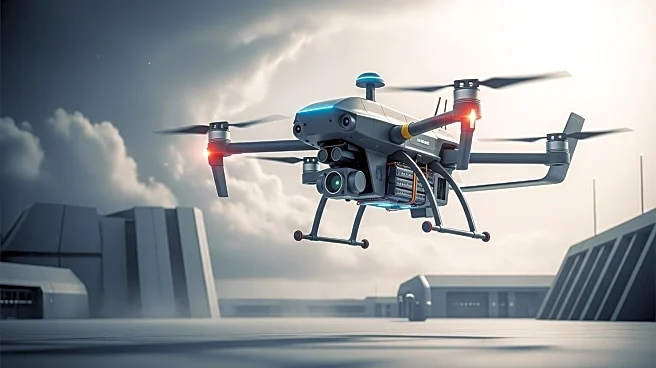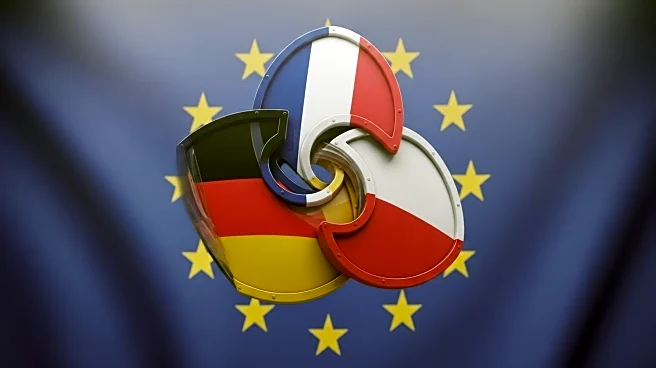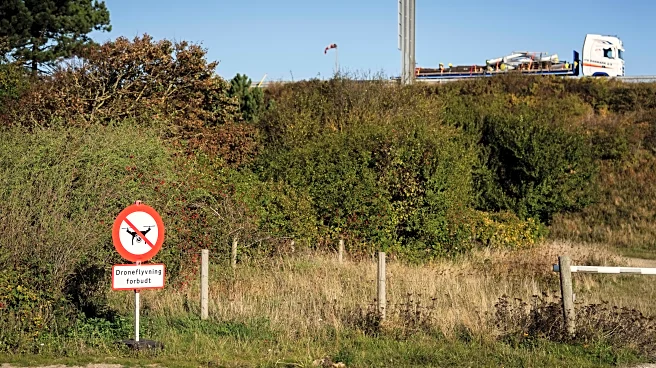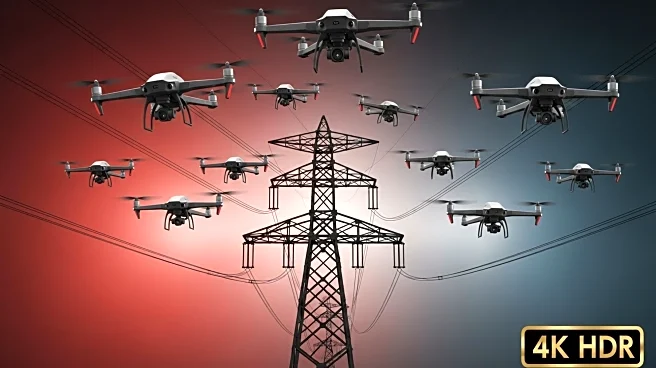What's Happening?
Germany is considering the Saab GlobalEye as the leading contender for its airborne early warning and control (AEW&C) requirement. This marks a significant shift as the Luftwaffe seeks to establish its own organic AEW&C capability for the first time. Previously, Germany relied on the pooled NATO Airborne Early Warning and Control Force for its AEW&C needs. The Federal Minister of Defence, Boris Pistorius, indicated that the GlobalEye is 'in pole position' for this requirement. The Federal Office of Bundeswehr Equipment, Information Technology and In-Service Support is currently examining the feasibility and necessity of this new capability.
Why It's Important?
The potential acquisition of the GlobalEye system represents a strategic move for Germany to enhance its national defense capabilities. Establishing an organic AEW&C capability would allow Germany greater autonomy in monitoring and controlling its airspace. This development is significant in the context of evolving security dynamics in Europe, where countries are increasingly seeking to bolster their defense infrastructure. The move could also impact NATO operations, as Germany's reliance on the pooled NATO AEW&C Force may decrease, leading to shifts in resource allocation and strategic planning within the alliance.
What's Next?
Germany's defense ministry will continue to assess the requirements and feasibility of acquiring the GlobalEye system. This process involves detailed evaluations by the planning office to determine the actual need and potential implementation strategies. If the decision to acquire the GlobalEye is finalized, it will likely lead to procurement negotiations and integration planning. Stakeholders, including defense contractors and military strategists, will closely monitor these developments to align their operations with Germany's evolving defense strategy.
Beyond the Headlines
The consideration of the GlobalEye system by Germany may influence other European nations to reassess their AEW&C capabilities. This could lead to increased competition among defense contractors to provide advanced surveillance and control systems. Additionally, the move highlights the importance of technological innovation in defense strategies, as countries seek to enhance their security measures in response to emerging threats.

